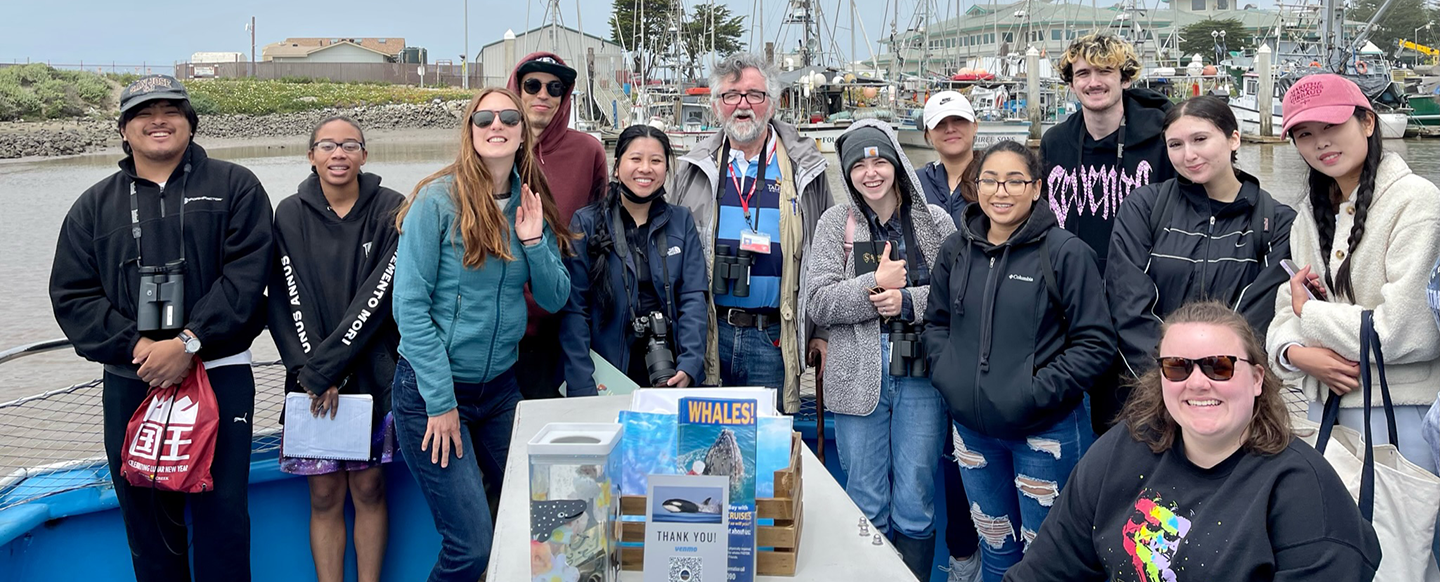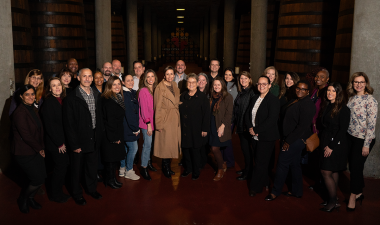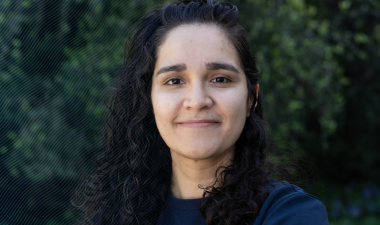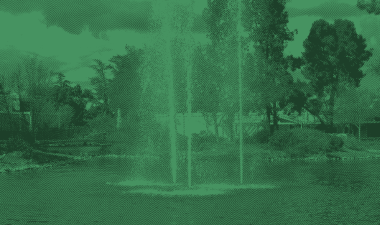The first sight of a black and white orca majestically emerging from below the surface of Monterey Bay is a vision that will last forever.
Biology major Joseph Hobbie had thought he was meeting an elective requirement when he signed up for the Zoology 4640 course, Mammalogy, which Professor Emeritus of Vertebrate Ecology/Conservation Biology, Patrick Kelly teaches every other spring.
Instead, he and his classmates experienced a life-changing event.
On a whale watching trip to Monterey Bay, part of the last of four class field trips, they had the rare opportunity to see a pod of five orcas. Only two percent of those who go whale watching ever see orcas.
“It was very mystical,” said Hobbie, who came to Stan State from Patterson. “We saw three initially. I was blown away to see orcas. They are beautiful animals. When I saw the pod of five, 30 or 40 minutes after I saw the first three, I was crying. It was a very great privilege to see that. It was an absolutely magnificent experience.”
It even astounded Kelly, who began teaching the course in 2017, launched the field trips in 2018 and had never seen an orca.
“It was nearly surreal,” Kelly said. “We couldn’t believe what we were seeing. It was a foggy morning out there. I was keeping my fingers crossed the fog would lift and we’d see something.”
Aboard a Sanctuary Cruises boat out of Moss Landing, the class of 13 saw sea otters, harbor seals and sea lions in the harbor and about 45 minutes later, a pair of humpback whales.
“It was great to see tail flukes in the air and other aspects of their behavior,” Kelly said, but the humpbacks, who sometimes will swim under boats, stayed at a distance.
Then, the captain heard from other whale watching boats that the CA-51 orca pod, known for its five friendly family members, had been spotted.
Their boat joined five or six other boats, and Kelly and his students watched in awe.
Biology major Kathleen Hoang had brought a camera and rented special lenses for the moment. She began clicking away.
“My first thought was they’re beautiful,” Hoang said. “They are very beautiful mammals. The way they swim feels elegant. Seeing this pod together and hearing their story, I was able to feel this pod had a lot of love for one another, and you can see that in the way they interact with one another. It’s very beautiful to see.”
Boats are required to keep a distance when animals are sighted, but curious whales often approach idling boats.
“Some of them came within 10 feet of the boat,” Kelly said. “It was really great. Chase Dekker, the guide on Sanctuary Cruises, could identify individual members of the pod by dorsal fin and size. One is a female, two are nearly grown sons. They’re big guys. There’s a younger female, the daughter, and the baby, Nebula. It was otherworldly. People were punchy, it was such an experience for all aboard. It was also a wonderful educational experience.”
Hoang said one of her classmates declared she wanted to become a marine biologist.
Hobbie, who thought he might focus on primates or bats, is having second thoughts.
“Once I went to the Moss Landing Lab after seeing the orcas, I was thinking of being a marine biologist,” said Hobbie, who expects to graduate in 2025. “It opened my eyes to that possibility.”
After spending the morning whale watching on Monterey Bay, they visited the Moss Landing Marine Laboratories, of which Stan State is part through the California State University consortium. Its retired director, Jim Harvey, made a special trip from San Francisco to share stories and give the students a tour.
The trip to Moss Landing was the last of four, the others being to Chowchilla’s Fossil Discovery Center, built where mammoth bones had been found, San Joaquin River National Wildlife Refuge and UC Berkeley Museum of Vertebrate Zoology.
When he began teaching the course, Kelly created the field studies.
As a graduate student at UC Berkeley, he taught mammalogy as a teaching assistant, and had access to “one of the greatest research museums in the world to show specimens to students,” he said.
While Stan State has some specimens, Kelly created field trips to enhance student learning.
“To really bring it to life for students — and it’s not just about mammalogy; it’s about freshwater ecology and zoology and all the other ologies — you’ve got to expose them,” said Kelly, who hopes to teach the class one more time in spring 2025. “You’ve got to get them out of the classroom and off campus. You’ve got to get mud on their boots and splashed by the waves,”
It opens students’ eyes to possibilities.
“When you can take students away from the classroom and take them out of that comfortable environment into something that is completely different, in this case four field trips, they’re going to come away with a lasting impression.”
In addition to a student declaring a desire to become a marine biologist, Hoang is now leaning more toward animals and environmental work instead of in the medical-related field and Hobbie eyeing marine biology as a career after the 12-hour field trip, Kelly got one last surprise grading his class finals.
One student couldn’t answer one of the questions. Instead, she wrote, Kelly said, his voice cracking with emotion:
“I’m just going to instead take this little area to say this class has opened up my world to new ideas and career opportunities. Part of that is how you inspired me with your passion for mammals. If it turns out this is the last time you teach this course, I feel lucky I was one of the last people to experience it with you.”




